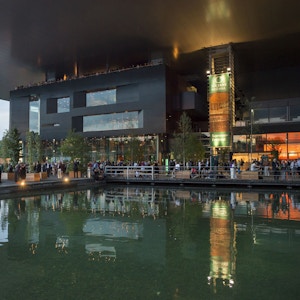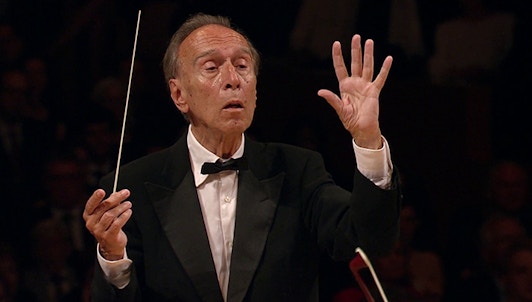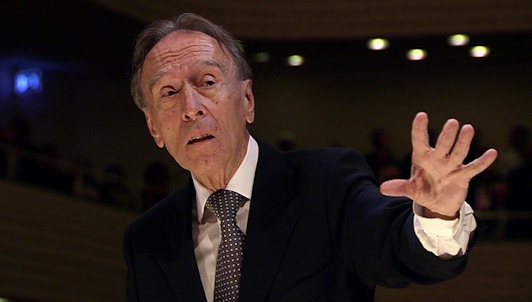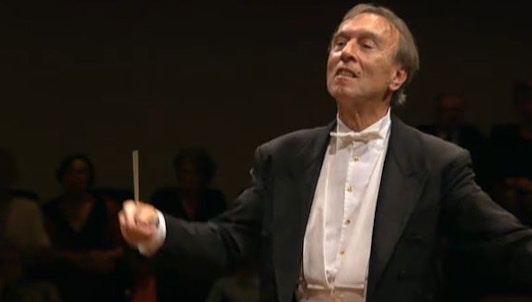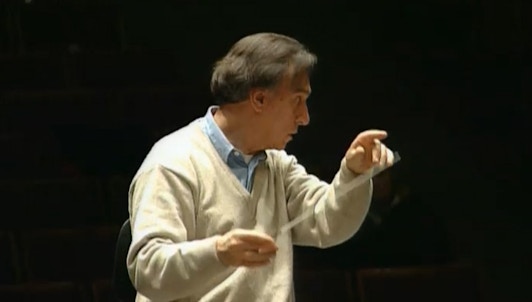Communion in art, by Claudio Abbado.
It was often said that Claudio Abbado's Mahler is peaceful, smooth, bright, and characterized by an unrivalled orchestral transparency. Some of his inflections, for instance his long pianissimo at the very end of this Symphony No. 9, sometimes sound like spectral music that comes from the hereafter. Claudio Abbado's readings of Mahler were often compared to those of Leonard Bernstein, as this performance in Lucerne demonstrates. Even though the two musicians' approach of the work was completely different, they each injected the score with the same emotion, showing a poignant life and death struggle.
If you gaze at Claudio Abbado's face while conducting, you will notice how completely immersed he is in the score. In fact, we almost see a smile on the conductor's face during the rondo, but as the adagio unfolds, we can see it turn to painful expression. It is well-known that Claudio Abbado was not very verbal, he did not speak much to his orchestras to communicate his analysis of musical works, but what became clear to the whole world on that day of August 2010 was that Claudio Abbado had the power to create an atmosphere that not a single person in the audience would have wanted to break. This performance of Mahler's Ninth and the two minutes of silence that follow the final adagio remind us of Paul Smaczny's comment from 1995 about the "silence that follows the music" which is commonplace in Claudio Abbado's concerts.
